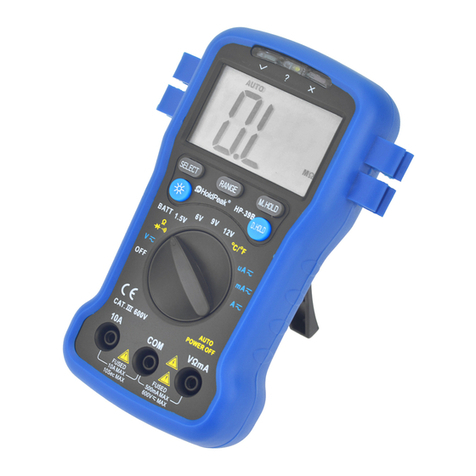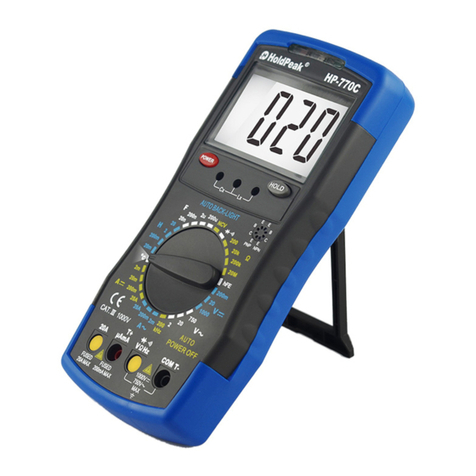HoldPeak HP-760E User manual
Other HoldPeak Multimeter manuals
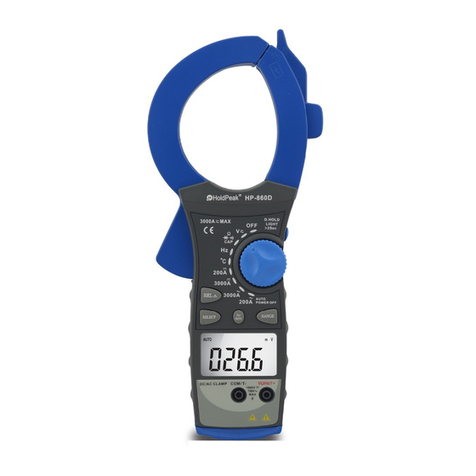
HoldPeak
HoldPeak 860D User manual
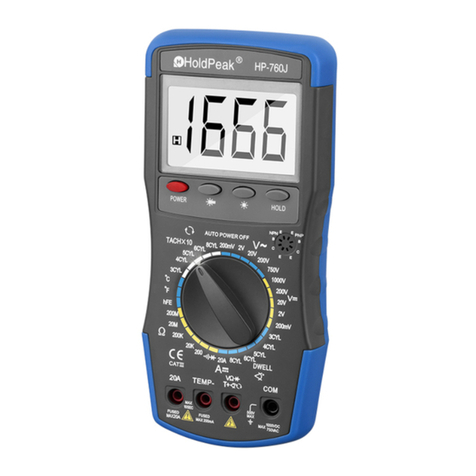
HoldPeak
HoldPeak 760J Installation manual
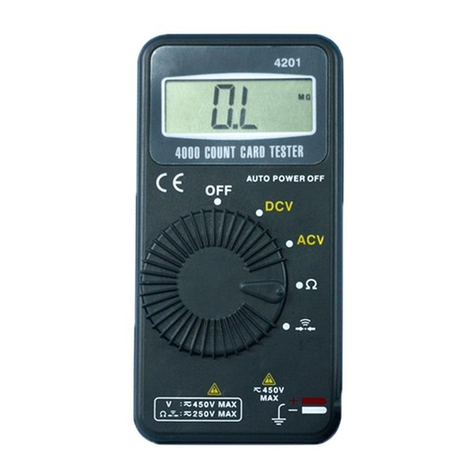
HoldPeak
HoldPeak 4201 User manual
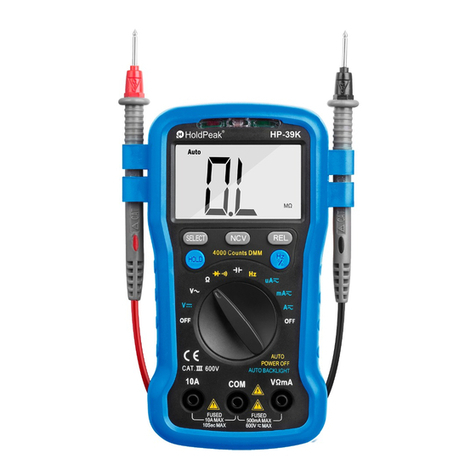
HoldPeak
HoldPeak 39K User manual

HoldPeak
HoldPeak 6688D User manual
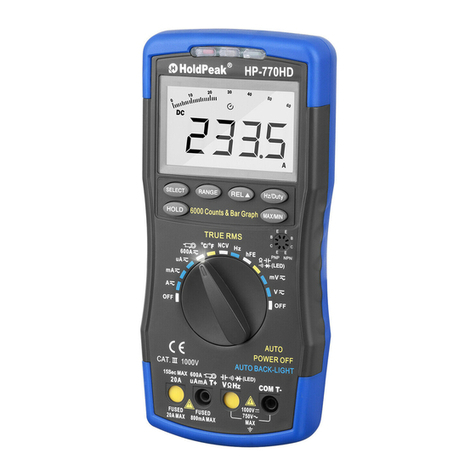
HoldPeak
HoldPeak 770HD User manual
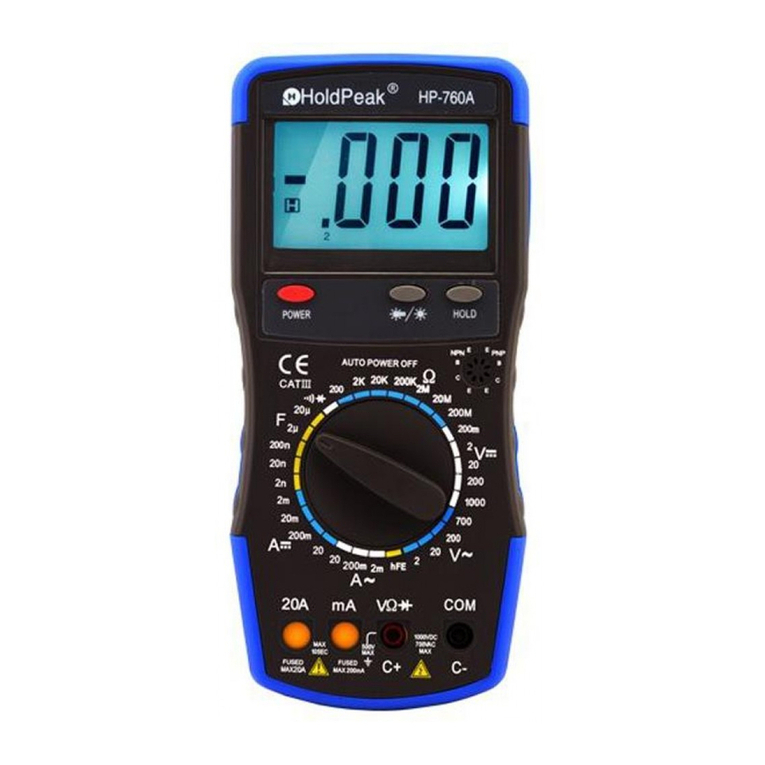
HoldPeak
HoldPeak 760A Installation manual

HoldPeak
HoldPeak HP-770H User manual
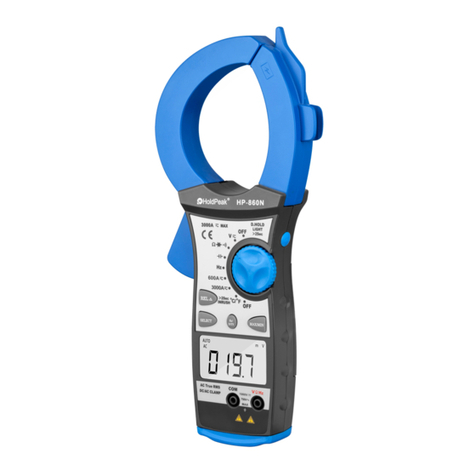
HoldPeak
HoldPeak 860N User manual
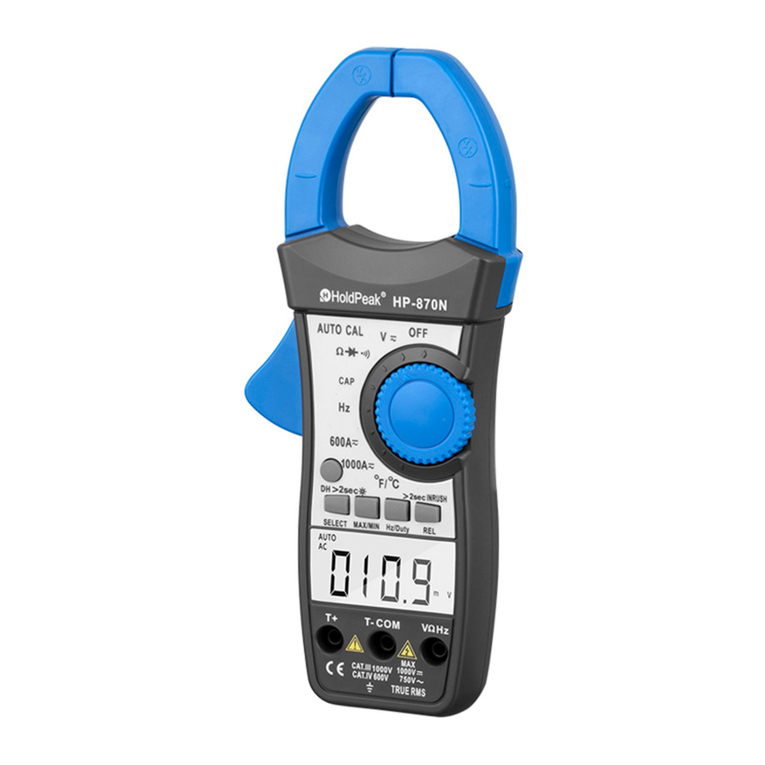
HoldPeak
HoldPeak 870N User manual

HoldPeak
HoldPeak HP-770H User manual
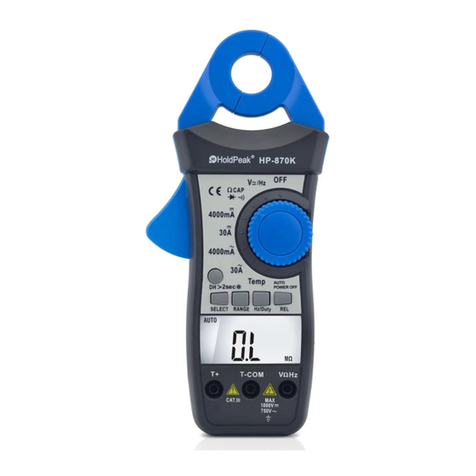
HoldPeak
HoldPeak 870CR User manual
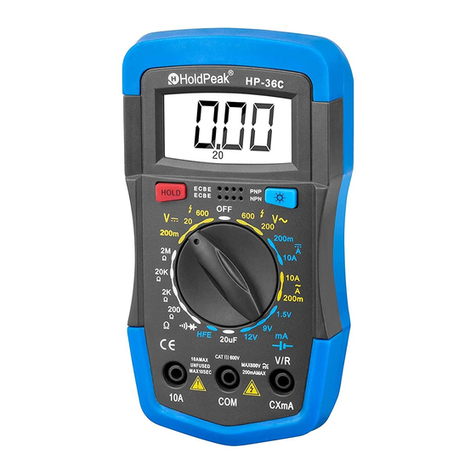
HoldPeak
HoldPeak HP-36C User manual

HoldPeak
HoldPeak 90F User manual

HoldPeak
HoldPeak 6208 User manual
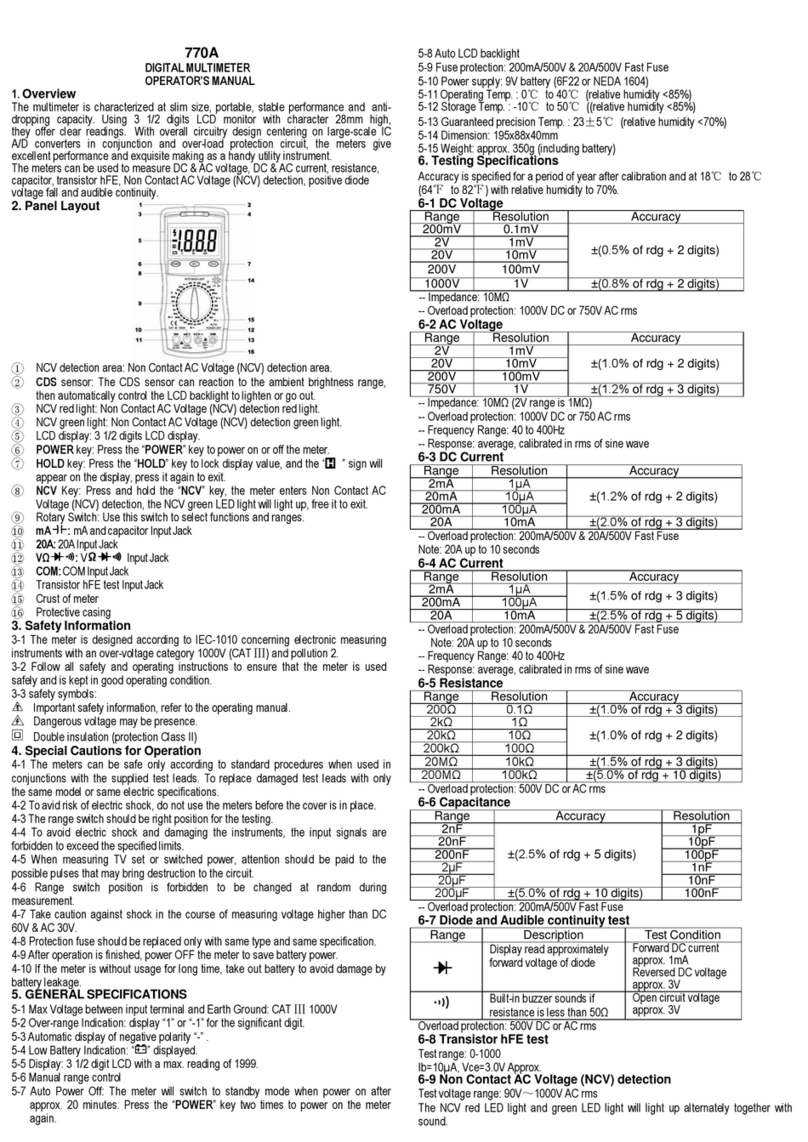
HoldPeak
HoldPeak 770A User manual
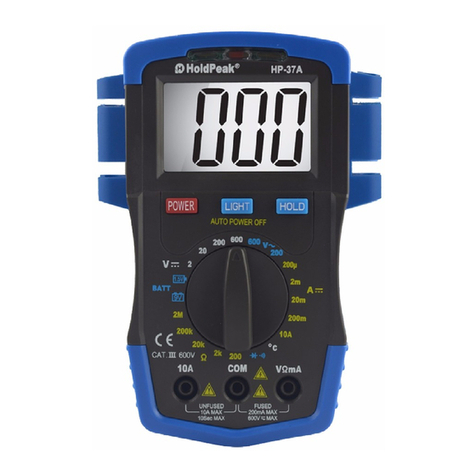
HoldPeak
HoldPeak HP-37A User manual

HoldPeak
HoldPeak 6300 User manual

HoldPeak
HoldPeak 850E User manual
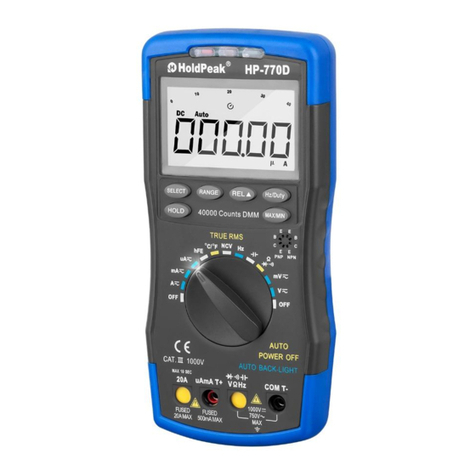
HoldPeak
HoldPeak 770D User manual

